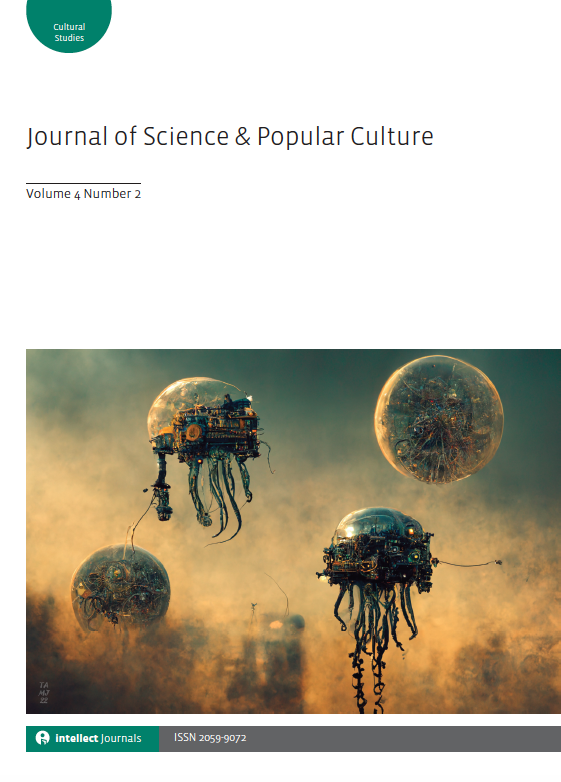
Full text loading...
 , Sarah Falcus2
, Sarah Falcus2
The COVID-19 pandemic has led to the production of large numbers of books to educate children about the novel coronavirus and the measures to control its spread. The books have been produced by a wide variety of different individuals and organizations, from health professionals and educators to national public health organizations and the United Nations. This study provides a detailed analysis of 73 picturebooks about coronavirus/COVID-19 available in English and produced between March and June 2020. The analysis reveals that the books combine early scientific knowledge about the novel coronavirus with pre-existing connotations of germs to produce a specific, comprehensible cause for the social disruption produced by the pandemic. This portrayal is frequently used to mobilize children to be heroes and fight the virus through a number of behavioural measures, principally frequent hand washing and staying at home. The books also reveal adult anxieties about the nature of childhood and the uncertainty of the nature and timing of a post-pandemic future.

Article metrics loading...

Full text loading...
References


Data & Media loading...

Publication Date:
https://doi.org/10.1386/jspc_00022_1 Published content will be available immediately after check-out or when it is released in case of a pre-order. Please make sure to be logged in to see all available purchase options.